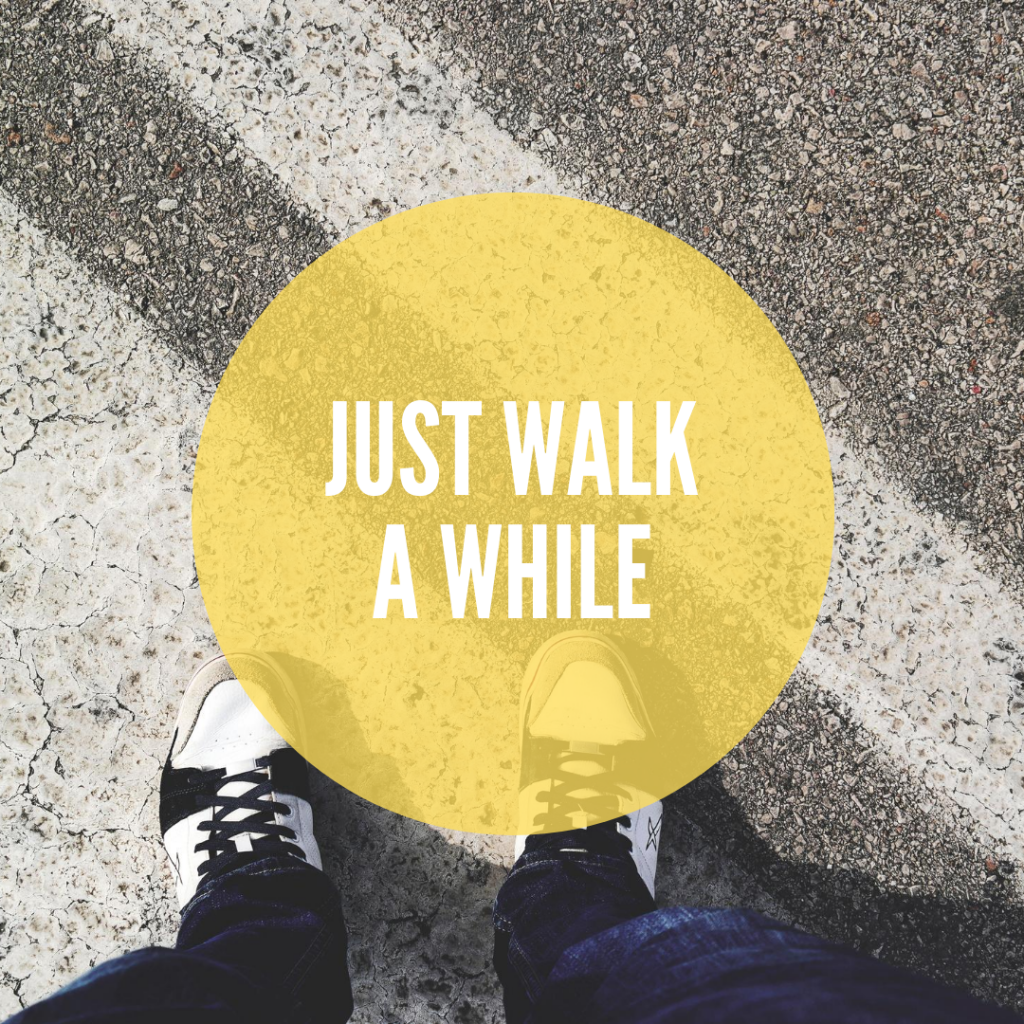
Walking is a great way to improve or maintain your overall health. Unlike some other forms of exercise, walking is FREE and doesn’t require any special equipment or training.
Physical activity does not have to be vigorous or done for long periods in order to improve your health. A 2007 study of inactive women found that even a low level of exercise – around 75 minutes per week – improved their fitness levels significantly when compared to a non-exercising group.
Health benefits of walking
- May increase cardiovascular and pulmonary (heart and lung) fitness
- May reduce the risk of heart disease and stroke
- May improve the management of conditions such as hypertension (high blood pressure), high cholesterol, joint and muscular pain or stiffness, and diabetes
- May aid in stronger bones and improved balance
- May increase muscle strength and endurance
- May reduce body fat.
Walking for 30 minutes a day
To get the health benefits, try to walk for at least 30 minutes as briskly as you can on most days of the week. ‘Brisk’ means that you can still talk but not sing, and you may be puffing slightly. Moderate activities such as walking pose little health risk but, if you have a medical condition, check with your doctor before starting any new exercise program of physical activity.
Building physical activity into your life
If it’s too difficult to walk for 30 minutes at one time, do regular small bouts (10 minutes) three times per day and gradually build up to longer sessions.
Wearing a pedometer while walking
A pedometer measures the number of steps you take. You can use it to measure your movement throughout a day and compare it to other days or to recommended amounts. This may motivate you to move more. The recommended number of steps accumulated per day to achieve health benefits is 10,000 steps or more.
A comfortable intensity for walking
Walking fast burns more kilojoules per hour than walking slowly, but this doesn’t mean you have to push yourself until you’re breathless. Instead, pace yourself so that you can still talk. This simple rule of thumb means that you walk safely within your target heart rate, which brings about health gains.
Warming up and cooling down after walking
The best way to warm up is to walk slowly. Start off each walk at a leisurely pace to give your muscles time to warm up, and then pick up the speed. Afterwards, gently stretch your leg muscles – particularly your calves and front and back thighs. Stretches should be held for about 20 seconds. If you feel any pain, ease off the stretch. Don’t bounce or jolt, or you could overstretch muscle tissue and cause microscopic tears, which lead to muscle stiffness and tenderness.
Footwear for walking
Walking is a low-cost and effective form of exercise. However, the wrong type of shoe or walking action can cause foot or shin pain, blisters and injuries to soft tissue. Make sure your shoes are comfortable, with appropriate heel and arch supports. Take light, easy steps and make sure your heel touches down before your toes. Whenever possible, walk on grass rather than concrete to help absorb the impact.
Chiropractors are spinal health experts, and take this responsibility very seriously. They work hard to educate their patients and the general public about the relationship between structure (primarily the spine, and pelvis) and function (as coordinated by the nervous systems).
The human body was designed for movement, so to keep your spine at its best, we should stay active. In other words, just keep walking!
References: Lee, I-M (2007), ‘Dose-response relation between physical activity and fitness: even a little is good’, in Journal of the American Medical Association, vol. 297, pp.




